 Story by Christopher Hector & Photos by Roslyn Neave
Story by Christopher Hector & Photos by Roslyn Neave
Grace Kay had meant to work with her emerging FEI horse Karingal Jamiroquai, but when she led him through the door of Miguel Tavora’s indoor, we all let out a little groan. The chestnut was lame. ‘He was fine when I put him out this morning,’ said Grace. But he was lame, just a little lame, but lame. By the time the vet arrived, he was lame lame, hoof abcesses do that, so they don’t just miss the training session, but also the Sydney CDI, two days later. Horses do that.
Luckily Grace has two horses and Celerity Park Faberge was soon saddled up and the working session was underway. Grace has been training with Miguel for some time now, and has been working at Miguel and Di Tavora’s equestrian centre for the past two months.
Fab was at the SIEC showjumping last weekend, jumping in the 1.25 classes, and this is his first dressage session in a week, but he and Grace know the routine by now.
Those signature circles around the forehand, little tight circles, always with the outside shoulder moving forward, the horse is put into balance, into a degree of collection right from the start, and then the dance of the laterals begins, because in Miguel’s system, the balance and the collection comes from the movements, not from the rider hauling the horse’s nose to its chest while spurring at the same time…
Miguel’s voice is soft, re-assuring, “Circle, get the neck a bit more down but not longer…”
“Now he can come up a bit, perfect, and now down again on the circle. Figure eight, change rein, counter shoulder in, and circle…”
“On the circle lower the neck, up the neck, up and down with the poll. That’s brilliant, now keep him right down, more down, release his neck, then pick him up, collect and canter…”
“Good he is very engaged, you didn’t disengage him with the jumping. Now canter shoulder in on the long side…”
“Circle, a little haunches in, collect a little, then down again, then collect again, diagonal, flying change to the right… Canter shoulder-in on the wall, circle, a couple of strides, haunches in, collect and go. Collect and go…”
“Now to trot, collected, now rising, round and down”
more exercises below
It is a pattern that is repeated over and over, always using the lateral work as a tool for collection, always asking for the horse to be in balance and self-carriage. Grace is such a tactful rider, so attuned to Miguel’s system, that you are not aware of her at all, until Miguel pays her a compliment and the smile lights up her face. Consider the preparation for piaffe…
“Collect the trot, counter shoulder-in on the circle, shoulder fore down the wall – refresh, rising trot, collect, counter shoulder-in on the circle, half halt, half halt, half halt. Shoulder-in down the wall, walk keeping the shoulder-in, and trot straight.”
“Rein back. Now very straight down the wall, sitting half halt, lengthen, counter shoulder-in circle, get him higher. Shoulder-in down the wall, counter shoulder-in down the wall. Collect, up, collect and walk. Long reins, and have a break…”
“Back on the little circle, now down the wall, travers – very small angle – on the next wall, renvers – very small angle.”
more exercises follow
“Now on the 20 metre circle very very small travers, and very very small renvers. Now into medium trot rising. Collect again, renvers down the wall, very collected. PERFECT. Half pass left, renvers down the wall, travers 20 metre circle, Renvers down the wall, rising medium trot circle. Collect the trot in shoulder-in down the wall.”
“Haunches in on circle, very straight walk. Halt.”
Miguel taps gently. “Very small haunches in around me, now on the wall.”
“Now go trot medium trot… Enough, he has a big day coming up and we don’t want to make him tired.”
We talk to Grace and Miguel below
Breeding your own dressage star this year? The top PSI stallions are available in Australia through IHB. Choose from top producers like Sir Donnerhall, Vitalis, and Fürstenball. Go to www.ihb.com.au for all the information you need.
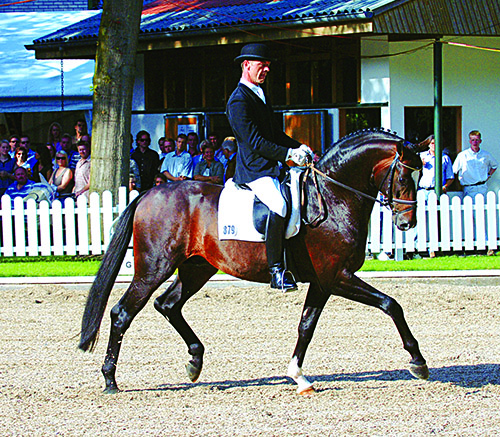
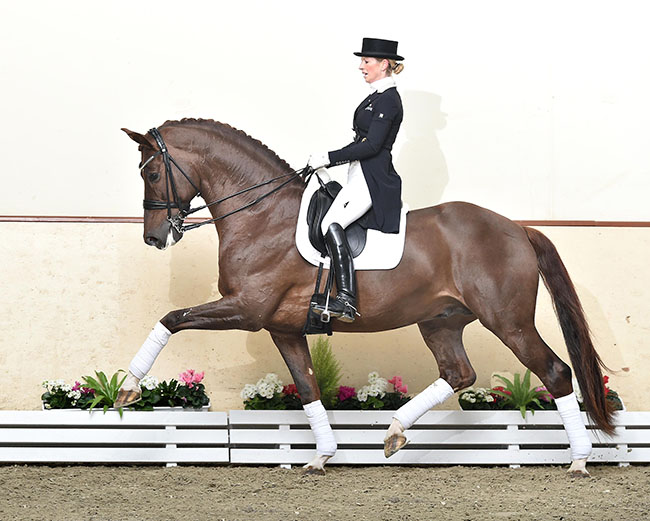
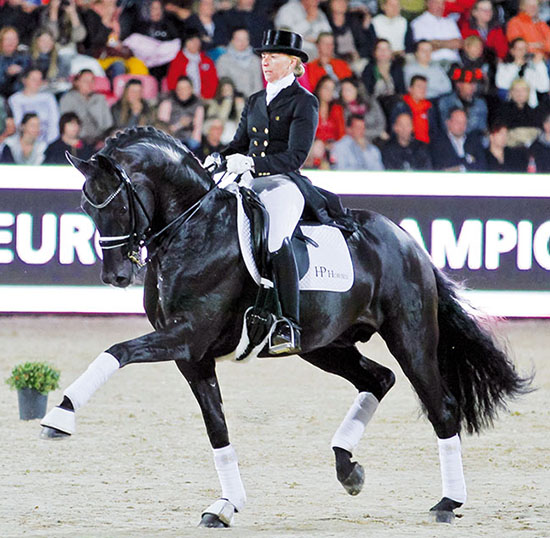
Grace has recently come to spend three months working full time with Miguel:
“I’ve been here for two months, one more month to go.”
Miguel says you are doing six horses a day, and eight when he’s away…
“Yeah, it’s a lot to do (I wish you could hear Grace’s laugh as she says this) It’s been really good to have the different horses to work with, different problems with them, different ideas that come from each of them. I’ve definitely enjoyed it.”
“We’ve got Gerry, Fab, who you saw today, Sorrento, Maggie Hitchcock from up our way bought him from Andrew Buckley, he’s a five-year-old, Sir Donnerhall out of a Belissimo mare, he is going to be a real superstar. I’m riding Federa, one of Jo Keyte’s stallions, she has just had a hip operation so I’ve been riding him, he’s by Rubinstein. I was very lucky, she had the operation the same time as I came down here. He’s five years old and he’s really good, his canter is just phenomenal. I’ve had a really nice time on him. Then I’ve got the young mare that I am eventing, by Fab’s sire out of a Holsteiner mare, I think she could be a three-star eventer, but those fences are too big for me, so she is for sale. I’ve also been riding Miguel’s Weltmeyer, I took him down to Melbourne and he was a star. Fourth outing, and he didn’t look at anything in the indoor, or the outdoor arenas, he was reserve prelim and novice champion down there. He’s coming on very well, he is very correct, he’s 16.1 so he feels too little for me (the laughter is bubbling over again) but I think one of Miguel’s clients is going to buy him.”
Simba (EBL Sorrento) is a 5yo by Sir Donnerhall out of Bella Carmina (Belissimo M) and owned by Maggie Hitchcock
You are addicted to giant horses…
“I know I don’t like it when my feet go past their tummies, they are just too small.”
What do you think you have learnt having this range of horses to work with…
“I think it has been really good because most of the time I can feel things that are wrong and I know what to do to fix them, but it is more of a reaction than something I have thought through. I need this time to understand what I was doing to fix what I was feeling. It is one thing to be able to get on and feel it, and do something to make it feel better, but it is another to understand the process of what you are doing and how that is affecting the horse’s body, and what the action I am taking to fix it, is actually going to achieve.”
“Working every day with Miguel, with him explaining, and showing me diagrams, where this is affecting this part of the body and how this follows on to here, and when you do this, this is actually what is happening. That has been really really good, I am getting a greater grasp of what is going on under me, I’m not just going off feel, and fixing things to make it feel better, I’m starting be able to think it through – okay, this is what is happening, this is what I feel I should do – is that going to really help it? Or is it going to be temporary?”
Has he got you reading all those old books of his?
“I can’t read French or Portuguese, but I do have a steadily growing collection of books, and I do like to read – plus I’ve got a few memberships on line. Mum keeps asking what these bills are for… I think that it is really good to read and then I can ask Miguel about the things I’ve read, and it’s incredible how deep his knowledge is. I don’t think I’ve ever come to him with something that he didn’t know about. I’d like to be like that one day. I am reading.”
What has your apprentice been like?
“Fantastic to have her working here with me. When I am away she rides eight horses and when I come back they are going better than when I went away.”
She says that she now thinks she has a better theoretical understanding instead of just riding by feel…
“She is learning why things happen. There are very talented riders, they have that gift of feeling and even if they don’t understand, they instinctively go there to solve the problem. Or they control the problem. But of course they stay all the time in doubt as to exactly what they did. If they understand more what causes the problem, then they can work directly on the cause. Working every day with six horses is fantastic because every horse is different, every horse needs to be understood, and we need to be able to explain why they react the way they do, once she understands the ‘why’ that is a tool she can use all her life. Then if you have a problem that is a bit similar, you can connect one problem with the other.”
Was your education more theoretical or practical?
“Very practical, but it depends on the person. I was always interested in the theory, trying to understand why the horse reacts like this, why some horses react differently to the same question, give completely different answers, that made me research – made me ask Nuno Oliveira, to ask some of the older students of Nuno Oliveira with more experience than me. I read many books perhaps because I was never a very talented rider, I was not so gifted, I needed to work hard to achieve what I did, and that makes me read more and think more. If we understand what we do, we enjoy it more.”
Reading has gone out of fashion, but if you had to recommend one book to Grace, which one?
“Actually she has already read Reiner Klimke’s book of the young horse, that is very important to understand because that is very much what we do here, that is how we train young horses. Of course she will read Steinbrecht – I think that is the most important. Steinbrecht was really the only one who was able to adapt le Guerinière to the sport horse, to make them more useful, not just going around on the carousels. He was able to make la Guerinière practical and effective with the modern horse.”
“When we see modern equestrian competition, of course we see good, and we see bad. Those things were all in la Guerinière, nothing is invented, no system, no technique. Some people come out with their new theories, but I guarantee I will find them all in my books, written two or three hundred years ago when the horse was a question of life or death, not just to go and compete at the weekend.”
When he is not lame, do you think Jamiroquai is going to make it to Grand Prix?
“For sure, he has a beautiful flying change every stride, piaffer, passage is there, and the work in the canter is going to be very spectacular, the trot is very good, he is going to be a very competitive, modern horse. He is a bit difficult, a bit hot, but he is catching up with his body and getting stronger every day.”










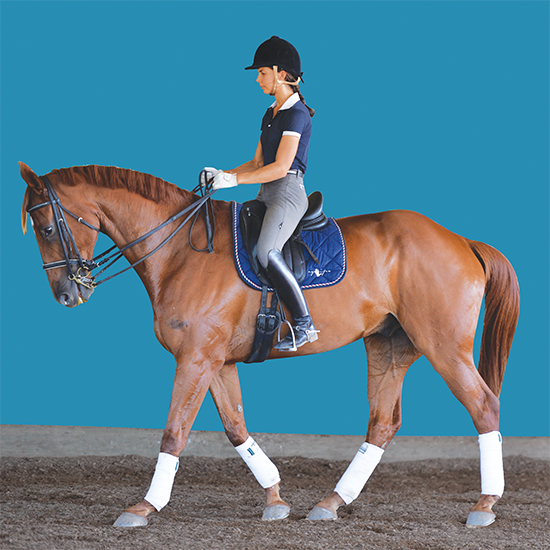
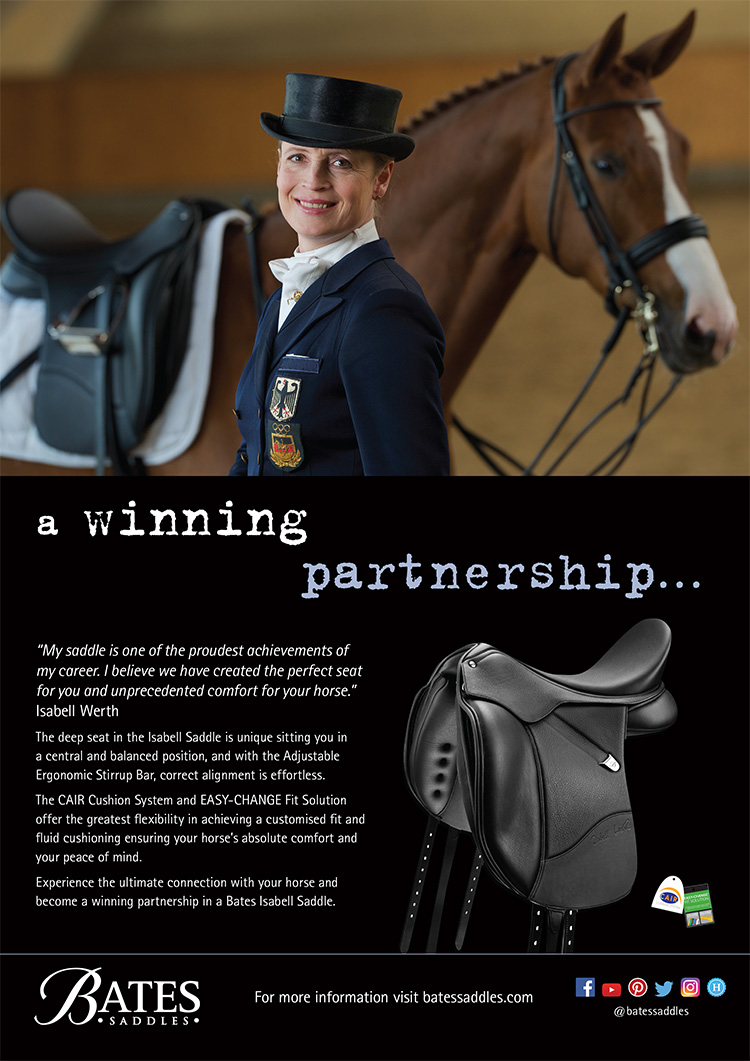


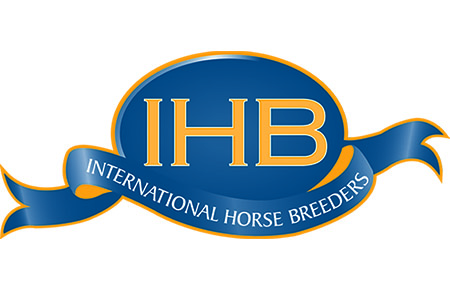
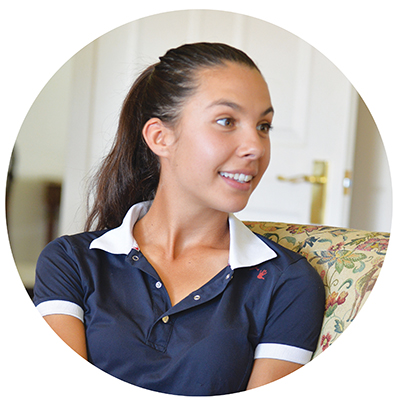
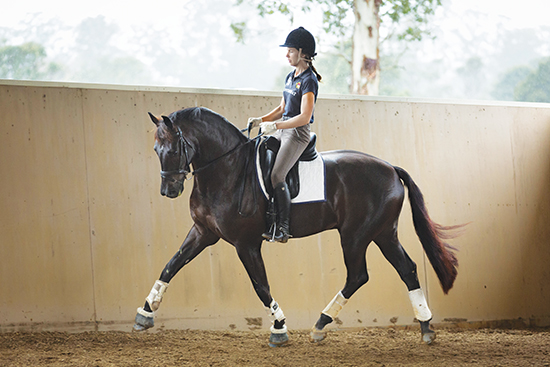

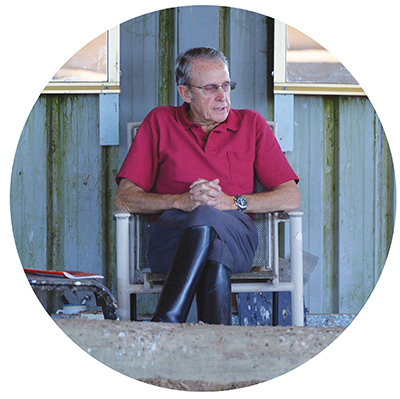
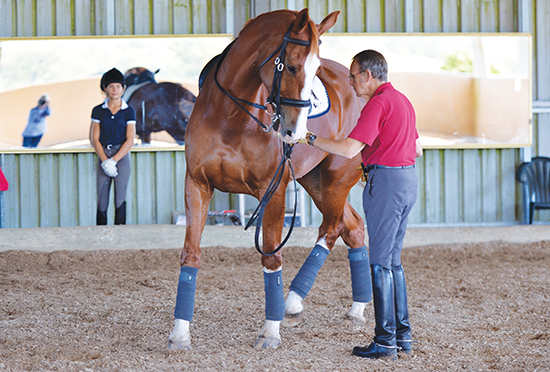
A GREAT READ !!!!
It REALLY is not necessary to place the horse BTV, even if it has poor conformation or attitude. Travers, Ranvers alternated between going straight, in Counted Walk will flex the Poll AND the Hunches under automatically. It is the Counted Walk with ALL the Lateral Movements in “figures of 8” that is the Key to Collection IN relaxation and therefore balance. If you have that then you have the possibilities of good rhythm. The Counted Walk has the same effect as the Effect d’ensemble in movement!